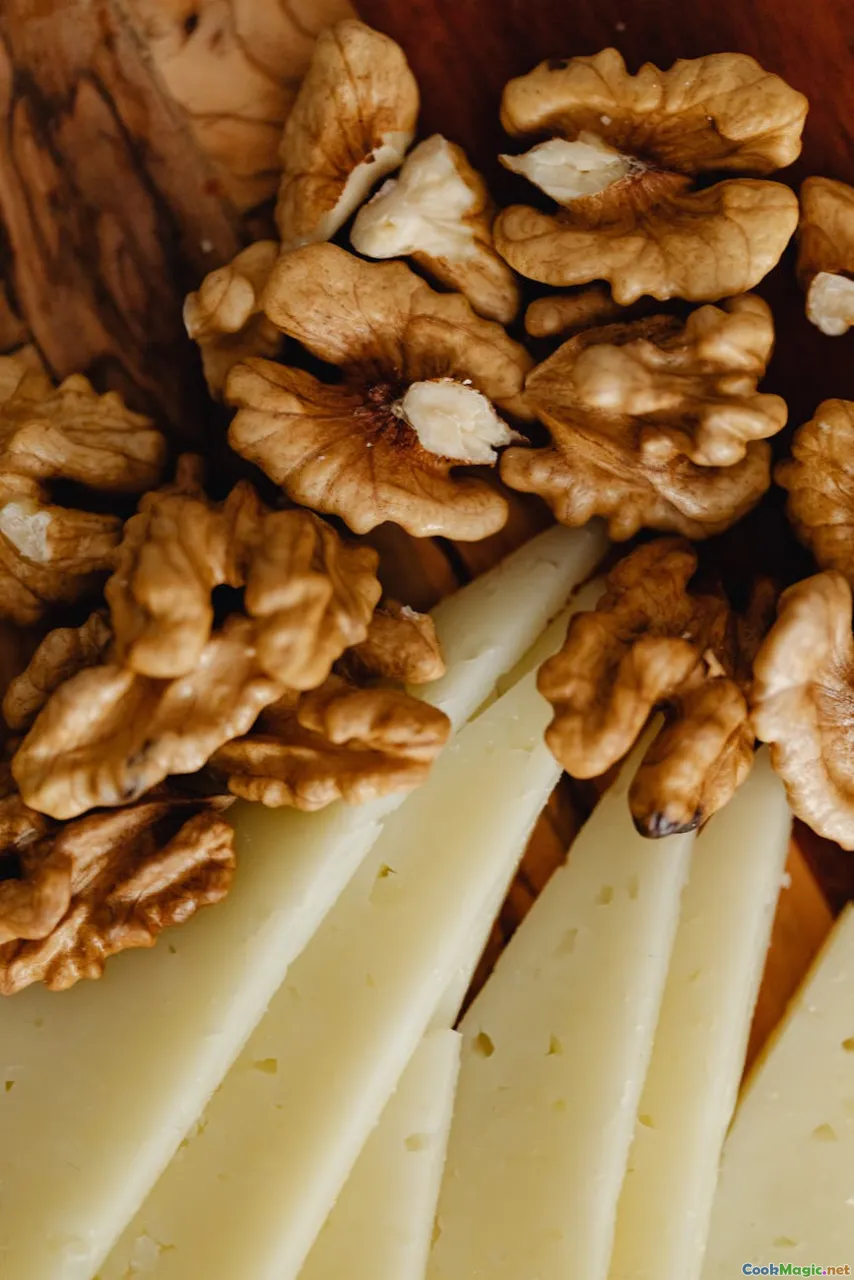Italian Cheeses That Transform Your Dishes
8 min read Discover how authentic Italian cheeses elevate your culinary creations, adding depth, flavor, and tradition to every dish. April 25, 2025 13:00
Italian Cheeses That Transform Your Dishes
Imagine walking through a bustling Italian marketplace, the air thick with the aroma of aging cheese, the vibrant colors of fresh pasta, and the lively chatter of vendors. In that moment, you realize that Italian cheese is not just an ingredient; it’s an embodiment of centuries of culture, craftsmanship, and passion. These cheeses have the power to turn ordinary dishes into extraordinary culinary experiences, elevating simple pasta, salads, or even desserts into works of art.
The Heart of Italian Culinary Heritage
Italy’s rich culinary history is intimately intertwined with its cheeses. Each region boasts its own unique varieties, shaped by local climates, terrains, and traditions. From the rolling hills of Tuscany to the rugged mountains of Piedmont, cheese-making in Italy is a craft passed down through generations, often dating back to ancient Roman and Etruscan times.
The cheeses we explore today are more than just ingredients; they are cultural symbols, stories in dairy form. Their textures, flavors, and aromas evoke a sense of place and history, making every bite a journey.
A Deep Dive into Iconic Italian Cheeses
1. Parmigiano-Reggiano: The King of Cheeses
**Taste & Texture:***Known as the “King of Cheeses,” Parmigiano-Reggiano boasts a granular, crumbly texture with a complex flavor profile that combines nuttiness, saltiness, and umami. Its crystalline structure creates a satisfying crunch and depth of flavor.**Culinary Uses:**This cheese is the cornerstone of Italian cuisine. Grated over pasta, risotto, or salads, it adds a savory umami punch that elevates every bite. It’s also delicious on its own, paired with a drizzle of balsamic vinegar and fresh figs.Cultural Significance: Produced exclusively in specific provinces in Emilia-Romagna and Lombardy, Parmigiano-Reggiano’s aging process can last between 12 and 36 months, each stage adding complexity. Its protected designation of origin (PDO) status ensures authenticity and quality.
2. Gorgonzola: The Blue Veined Wonder
**Taste & Texture:***Gorgonzola is a creamy, velvety blue-veined cheese with a bold, pungent aroma. Its flavor ranges from mildly tangy to sharply piquant, depending on aging.**Culinary Uses:**Ideal for melting into risottos, spreading on crusty bread, or crumbling over salads, Gorgonzola introduces a robust, earthy flavor that can transform a simple dish into a decadent experience.Historical Insight: Originating from the town of Gorgonzola in Lombardy, this cheese has been crafted since the 9th century, with the blue veins added through a natural mold that develops during aging.
3. Pecorino Romano: The Sheep’s Gift
**Taste & Texture:***Pecorino Romano is a hard, salty cheese made from sheep’s milk. Its flavor is sharp, salty, and slightly piquant, with a crumbly yet firm texture.**Culinary Uses:**It’s perfect grated over pasta, especially in classic dishes like Cacio e Pepe or Amatriciana. Its robust flavor also stands out in hearty soups and roasted vegetables.Cultural Note: Pecorino Romano’s origins trace back to ancient Rome, where it was valued as a portable, long-lasting food for soldiers and travelers.
4. Mozzarella di Bufala: The Fresh, Juicy Delight
**Taste & Texture:***Mozzarella di Bufala offers a soft, elastic texture with a clean, milky flavor and a slight tang. It’s moist and tender, almost melting in the mouth.**Culinary Uses:**Essential in Caprese salads, pizza, and fresh pasta dishes, Mozzarella di Bufala’s delicate flavor enhances the freshness of any dish.Personal Reflection: Few cheeses evoke the summer sun and lush green fields of Campania quite like Mozzarella di Bufala. Its freshness is a reminder of Italy’s artisanal dairy craftsmanship.
How to Incorporate Italian Cheeses into Your Cooking
Elevating Simple Dishes
A sprinkle of Parmigiano-Reggiano over a steaming bowl of pasta or a drizzle of aged balsamic on a wedge of Gorgonzola can elevate a humble meal into a gourmet experience. The key is understanding each cheese’s role—whether as a flavor enhancer, a textural contrast, or a centerpiece.
Pairing and Serving Tips
- Cheese Boards: Combine Parmigiano-Reggiano, Gorgonzola, Pecorino, and fresh Mozzarella for a diverse tasting experience.
- Wine Pairings: Match Parmigiano-Reggiano with Chianti or Barolo; Gorgonzola with sweet wines like Sauternes; Pecorino with Vermentino; Mozzarella with light whites or sparkling wines.
- Cooking Techniques: Use grated cheeses for pasta, melted cheeses for sauces, and fresh cheeses for salads or appetizers.
Personal Anecdotes & Tips
Having traveled across Italy, I’ve learned that the secret to truly capturing the essence of these cheeses lies in respecting their origins and aging processes. When I first tried a 36-month aged Parmigiano-Reggiano in a small trattoria in Parma, I was struck by its complexity—notes of toasted nuts, a hint of sea salt, and a crystalline crunch that made every bite a revelation.
Similarly, the creamy richness of Mozzarella di Bufala transported me straight to the lush fields near Naples, where I savored a simple Caprese that highlighted the cheese’s natural freshness.
Conclusion: A Cheese for Every Moment
Italian cheeses are more than just ingredients; they are expressions of regional identity, history, and artisanal skill. By exploring and incorporating these cheeses into your cooking, you’re not just enhancing flavors—you’re connecting with centuries of tradition and craftsmanship.
So next time you’re in the kitchen, think beyond the usual and let Italy’s cheese heritage inspire your culinary journey. From the sharpness of Pecorino to the creamy decadence of Gorgonzola, each cheese offers a new world of flavor waiting to transform your dishes into authentic Italian masterpieces.









